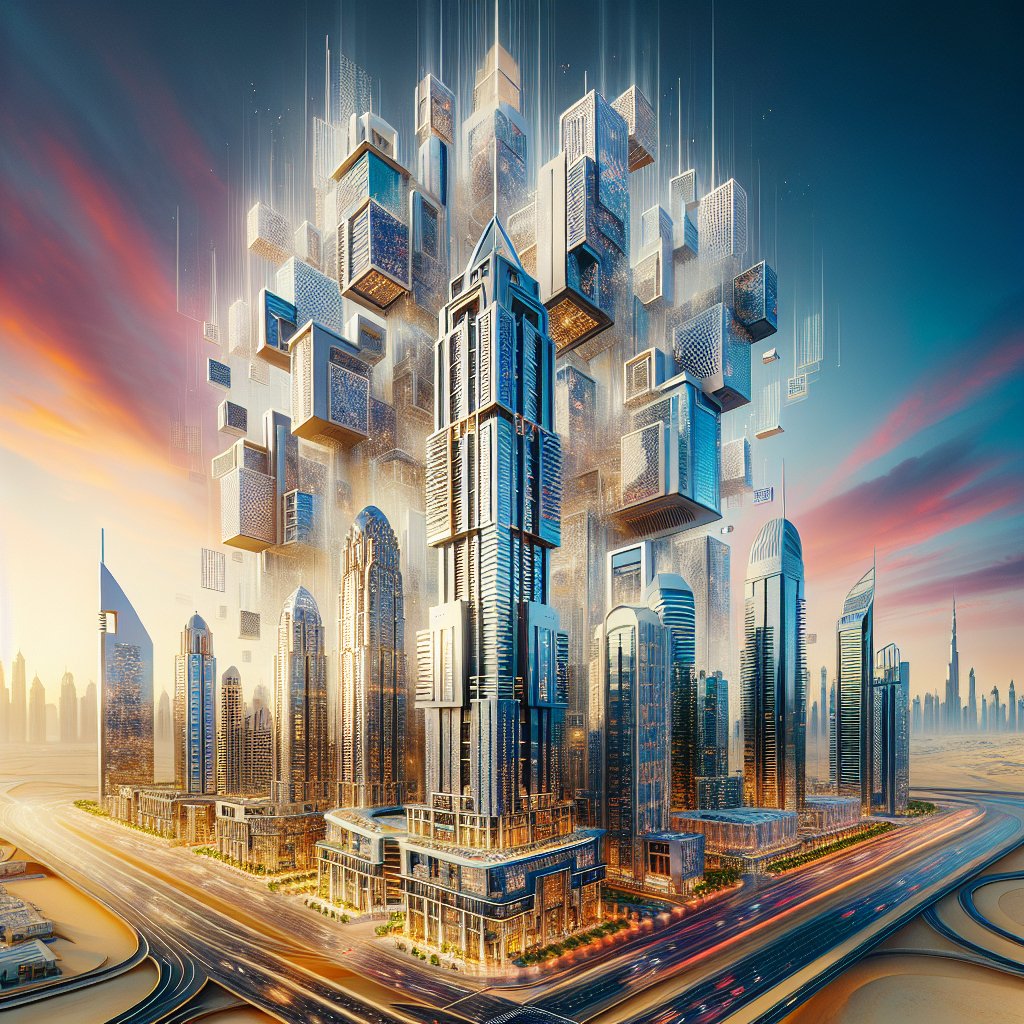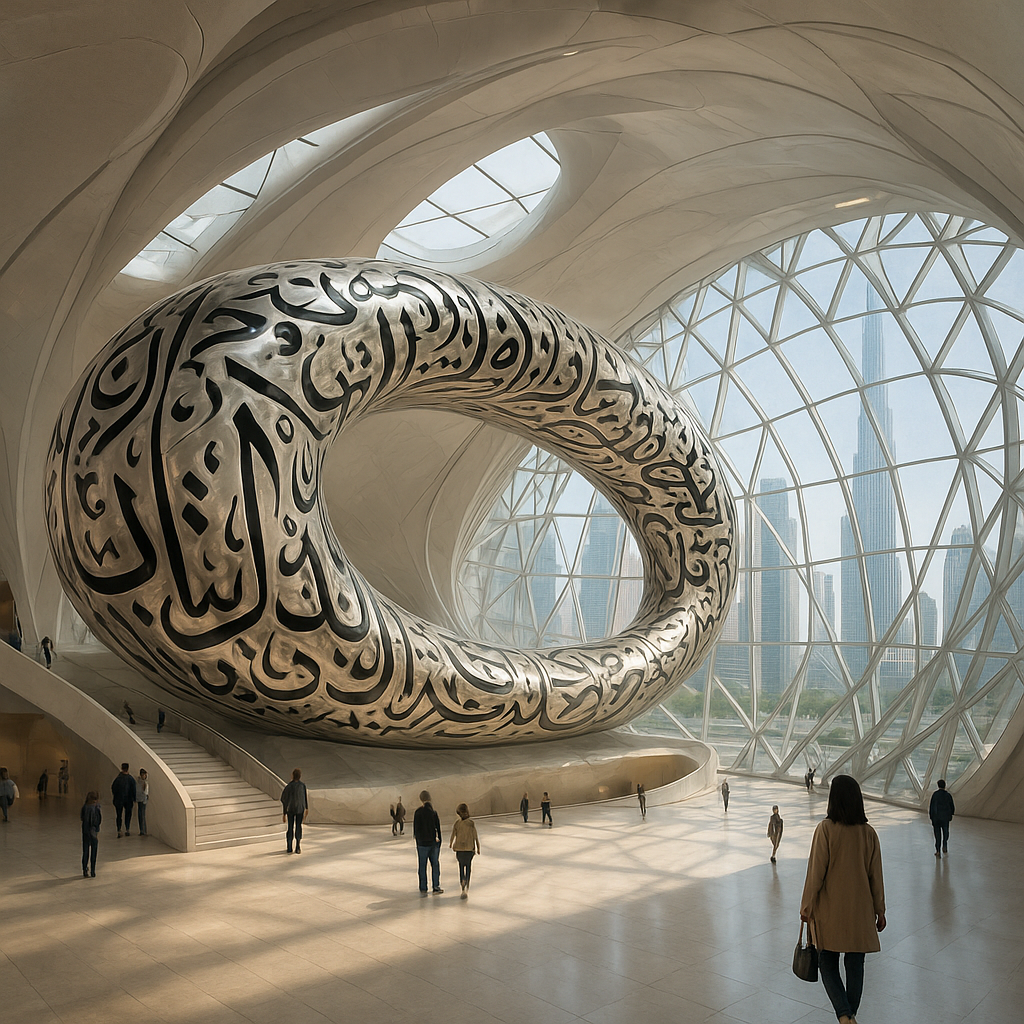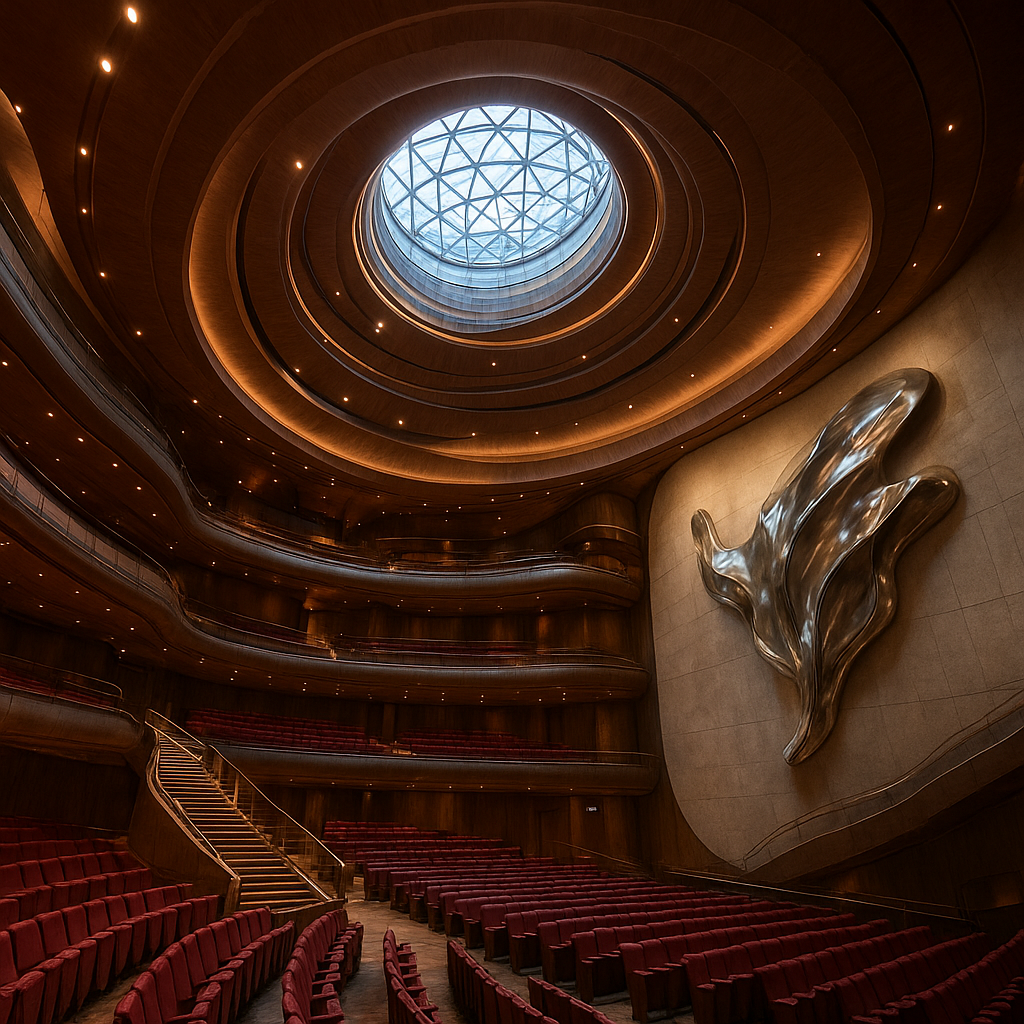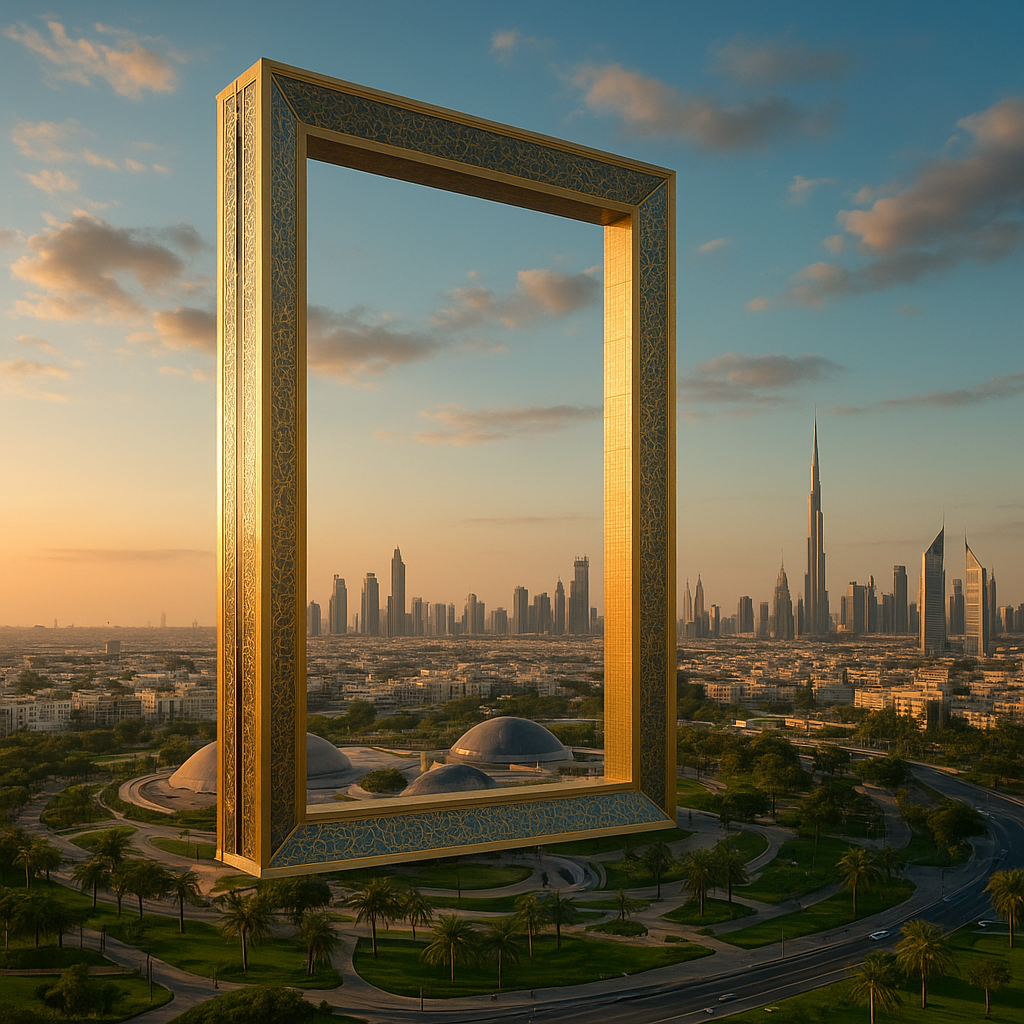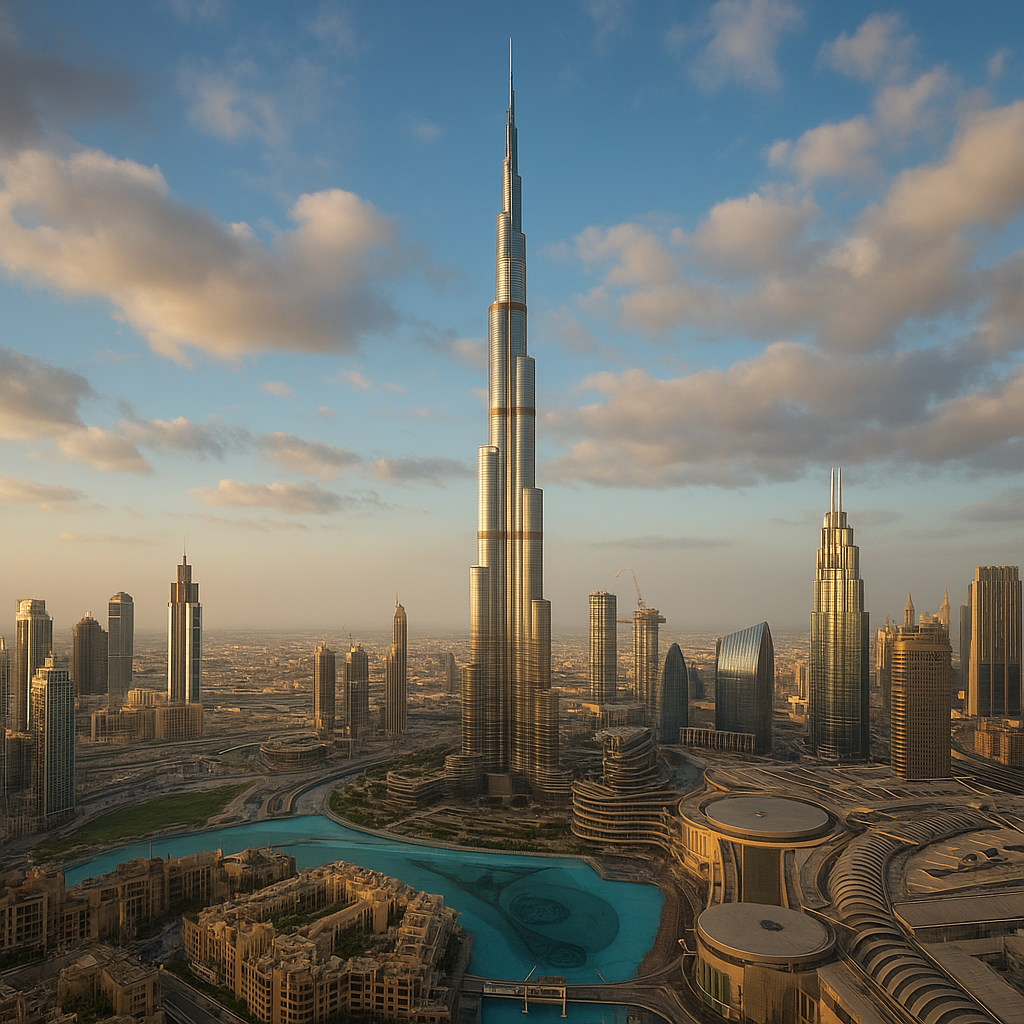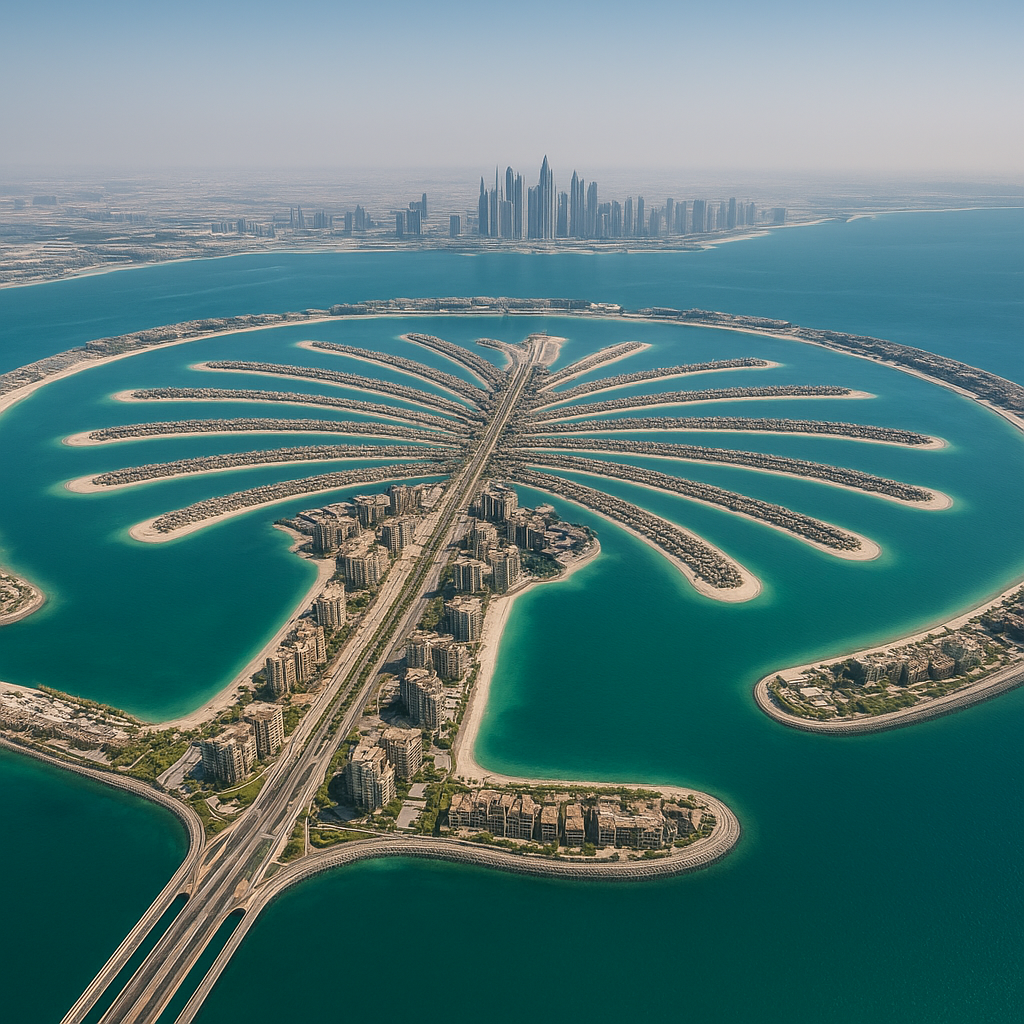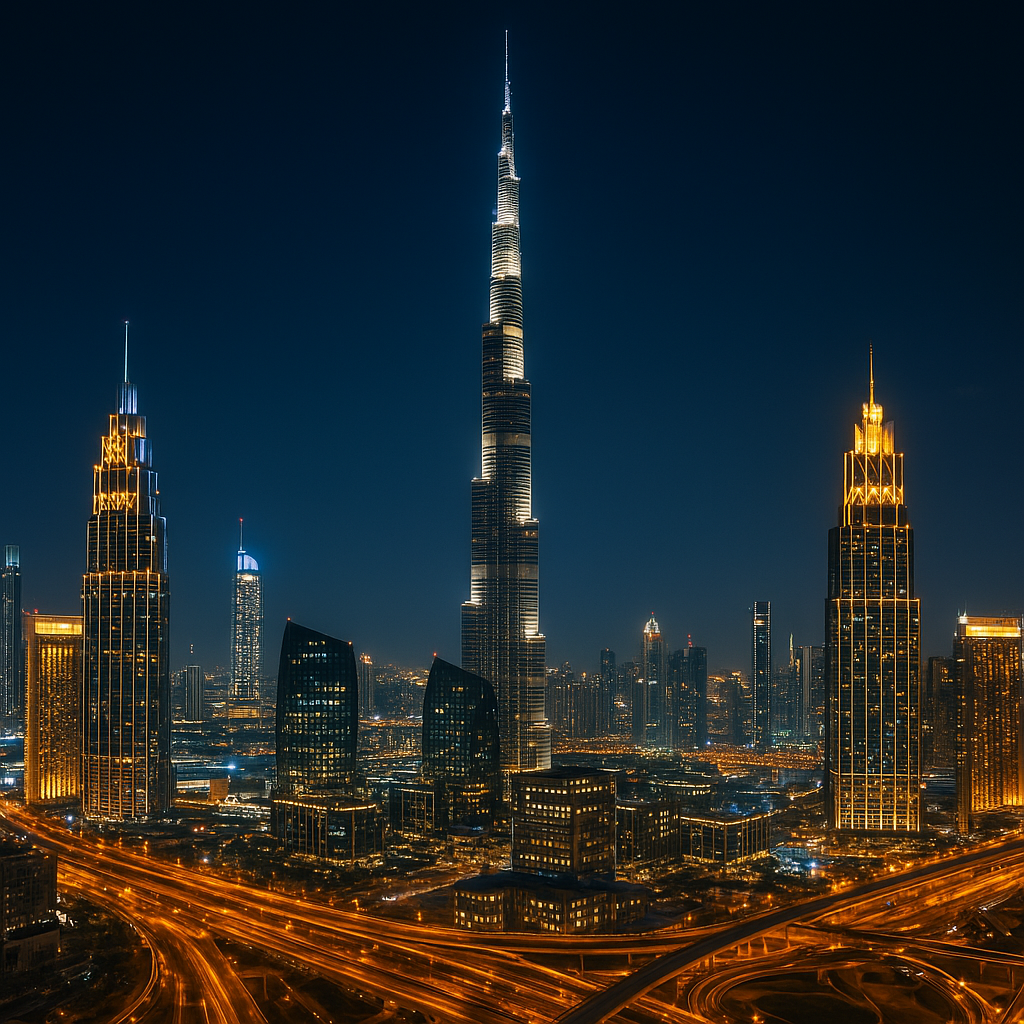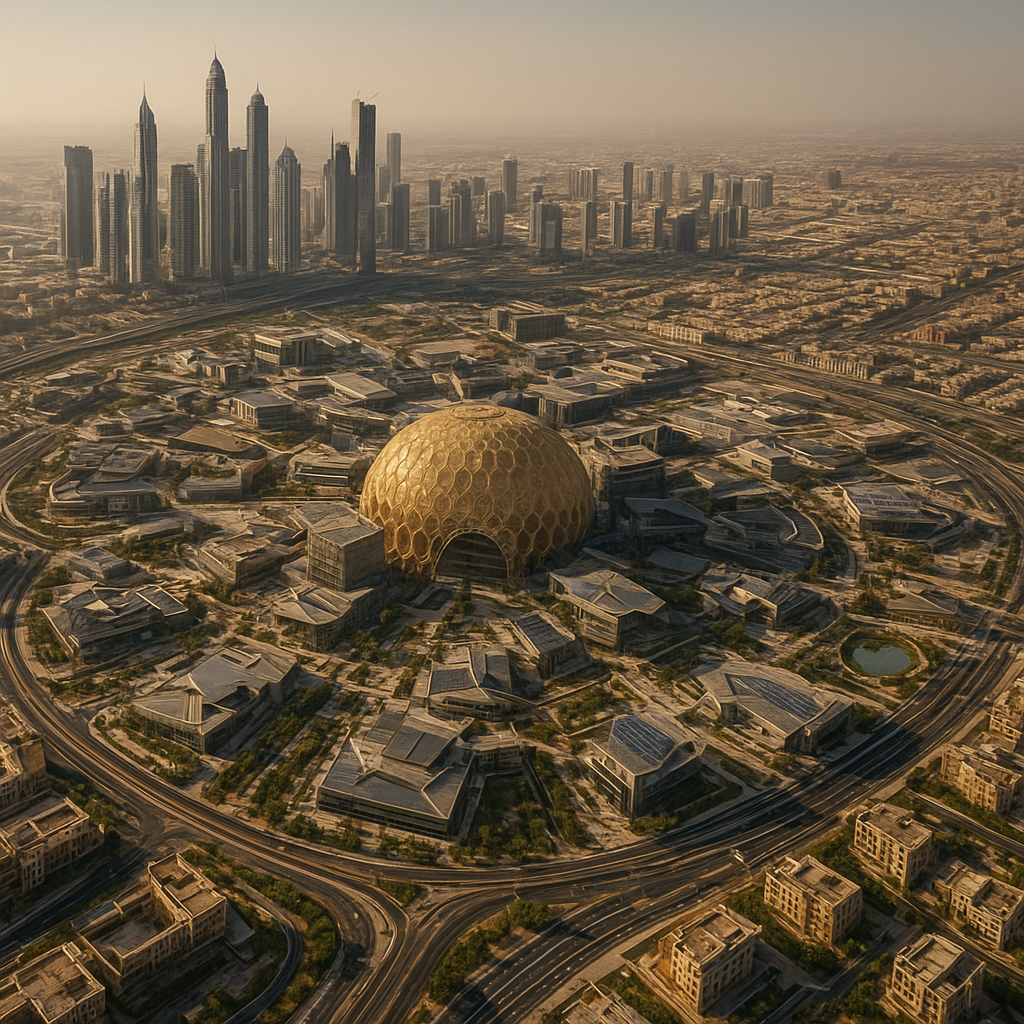Dubai, a city renowned for its futuristic skyline and architectural marvels, has seen a significant contribution from women in shaping its urban landscape. As the city continues to evolve, the role of women in architecture has become increasingly prominent, reflecting broader societal changes and the push for gender equality in the professional sphere.
The Rise of Women in Dubai’s Architectural Scene
Historically, architecture has been a male-dominated field, but in recent years, women have made significant strides in breaking through the glass ceiling. In Dubai, this shift is particularly evident as more women are taking on leadership roles in architectural firms, contributing innovative designs, and influencing the city’s development. This change is not only a reflection of global trends but also a testament to Dubai’s commitment to fostering an inclusive environment that encourages diversity in all sectors.
One of the key factors driving this change is the increasing number of women pursuing education and careers in architecture. Educational institutions in the UAE have seen a rise in female students enrolling in architecture programs, supported by scholarships and initiatives aimed at empowering women in STEM fields. This influx of talent has brought fresh perspectives and ideas to the industry, challenging traditional norms and pushing the boundaries of architectural design.
Moreover, the UAE government has implemented policies to promote gender equality and support women in the workforce. These policies have created a conducive environment for women to thrive in their careers, including in architecture. As a result, women architects in Dubai are not only participating in projects but are also leading them, bringing their unique vision to the city’s skyline.
Impact of Women Architects on Dubai’s Urban Landscape
The influence of women architects in Dubai is evident in the city’s diverse and dynamic architecture. From sustainable design practices to innovative use of technology, women have played a crucial role in shaping the urban landscape. Their contributions are visible in various iconic structures and urban planning projects that define Dubai’s identity as a global city.
One notable example is the emphasis on sustainable architecture, which has gained momentum in recent years. Women architects have been at the forefront of this movement, advocating for environmentally friendly designs that minimize the ecological footprint of buildings. Their efforts have led to the incorporation of green technologies, such as solar panels and energy-efficient systems, in many of Dubai’s new developments.
In addition to sustainability, women architects have also been instrumental in promoting cultural heritage and local identity in their designs. By integrating traditional elements with modern aesthetics, they have created spaces that resonate with the local community while appealing to international audiences. This approach not only preserves the cultural essence of Dubai but also enhances its appeal as a cosmopolitan city.
Furthermore, women architects have contributed to the development of public spaces that prioritize accessibility and inclusivity. Their designs often focus on creating environments that cater to diverse needs, ensuring that all members of the community can enjoy and benefit from the city’s infrastructure. This commitment to inclusivity is a reflection of the broader societal values that Dubai aims to uphold.
Challenges and Opportunities for Women in Architecture
Despite the progress made, women in architecture still face challenges that need to be addressed. Gender bias and stereotypes persist in some areas, making it difficult for women to gain equal recognition and opportunities as their male counterparts. Additionally, balancing work and personal life remains a significant challenge for many women, particularly in a demanding field like architecture.
However, these challenges also present opportunities for growth and change. By addressing these issues, the architectural industry in Dubai can become more inclusive and equitable, benefiting from the diverse perspectives and talents that women bring to the table. Mentorship programs, networking opportunities, and supportive workplace policies are essential in fostering an environment where women can thrive and succeed.
Moreover, the increasing visibility of successful women architects serves as an inspiration for the next generation. Role models and trailblazers in the field demonstrate that it is possible to overcome obstacles and achieve success, encouraging more young women to pursue careers in architecture.
The Future of Women in Dubai’s Architecture
Looking ahead, the future of women in Dubai’s architecture is promising. As the city continues to grow and evolve, there will be ample opportunities for women to contribute to its development. The ongoing push for gender equality and diversity in the workplace will further support their advancement, ensuring that women play a central role in shaping the city’s future.
In conclusion, the role of women in shaping Dubai’s architecture is a testament to their resilience, creativity, and determination. As they continue to break barriers and redefine the industry, their contributions will undoubtedly leave a lasting impact on the city’s skyline and its cultural landscape. With continued support and recognition, women architects will play an integral part in building a more inclusive and innovative Dubai.
